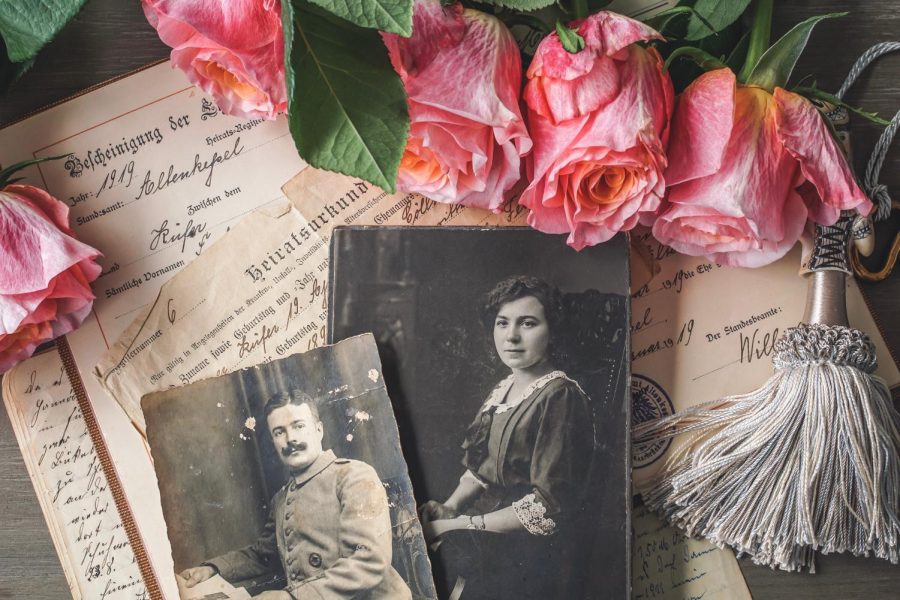Embracing new traditions: a modern look at Valentine’s Day
Image courtesy of Susanne Jutzeler via Pexels
This Valentine’s Day, instead of purchasing generic, meaningless gifts, find something your partner will appreciate that is also authentic and comes from the heart.
February 14, 2023
Like most modern holidays, the origin of Valentine’s Day is unclear despite its popularity. Some argue it originated as a celebration of Saint Valentine, who preached Christianity in Rome and secretly married couples against the emperor’s command. National Geographic points out that it was possibly derived from a pagan celebration of Lupercalia which aimed to celebrate and promote fertility among people and crops. The British Library brings up the relevance of Geoffry Chaucer’s poem, The Parliament of Fowls, and how “the idea that Valentine’s Day is a day for lovers” resulted from his influential writing.
Although its origins vary, Valentine’s Day has firmly secured its place in our culture and has become a pivot point for couples to secure and validate their relationship. Along with expressing love, typical gifts exchanged on this day are usually flowers, chocolate, and cards.
Despite its romanticism, Valentine’s seems to have lost its meaning throughout the years as it has fallen victim to over-commercialization. Instead of demonstrating their admiration for someone through meaningful words, most couples have come to rely heavily on expensive gifts to express their feelings.
In the US alone consumers are expected to spend roughly $26 billion on Valentine’s in 2023, a considerable jump from the $23.9 billion spent in 2022, according to the National Retail Federation.
The fuss around the initially innocent holiday has turned the sweet Valentine’s into a sour day where most couples cannot enjoy their partnerships because they are too preoccupied concerning themselves with finding an acceptable gift.
Once these traditions of materialism were set, certain expectations concerning the style in which Valentine’s is celebrated soon followed. Although both individuals can contribute to their Valentine’s celebrations, within a heterosexual relationship, it typically fell upon the man to take the initiative and lead the woman.
Following stereotypical gender roles, men are typically seen as the provider whose responsibility is to chase the woman while she receives and chooses whether or not she will accept his advances. These gender norm also harms women. Without a man to shower them with affection, single women are particularly ridiculed for their lack of a romantic partner. This stereotype enforces the idea that a woman’s value depends on her marital status and can create distress as they debate their self-worth.
In addition to the issues that stem from heteronormative relationships, Valentine’s Day often excludes LGBTQ+ relationships. Although inclusive relationships are slowly being represented in media, they only make up a fraction of the overall representation. According to BBC, 12% of media characters are LGBT but their role is often minimal or they lack depth.
With discussions about over-consumerism, movements for gender equality, and efforts toward inclusivity, it should be expected that younger couples start to move away from this outdated idea of Valentine’s Day and bring the focus back to celebrating love in its truest and authentic form.
This year, instead of following the tradition blindly, think about evolving the gifts you give to your loved ones. Make a gift by hand for your significant other. Make a little something for all of your friends. Give a gift to people in your life who need that little boost to make this day special. Keep the tradition alive by building new traditions to mark this day of love.

